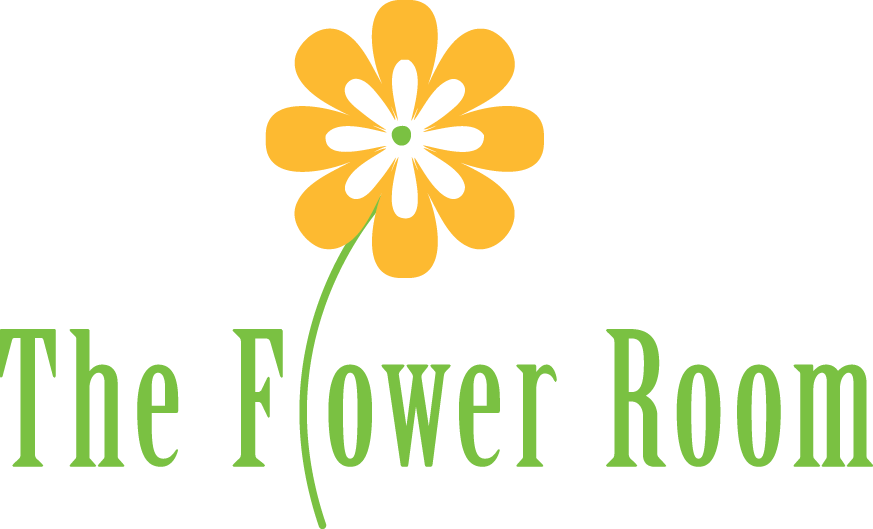Is This Flower Safe For Pets?
If you’ve got furkids at home, it’s incredibly important to know what types of flowers are toxic to them before bringing them into your home. This is an incomplete and ever evolving list. For a more complete list please reference the ASPCA Toxic Plant List . Always take a moment to confirm the scientific name of the plant in question as many common names can be used as synonyms for multiple scientific ones.Pet Friendly Flowers
Alstroemeria - Peruvian Lily (not to be confused with true lilies)
Amaranth - Amaranthus cruentus love lies bleeding, hopi red dye amaranth etc. is non-toxic to dogs and cats. This should not be confused with Large Fruit Amaranth or Amaranth deflexus which can be quite toxic.
Astilbe - Astilbe chinensis is non-toxic for both cats and dogs
Campanula - Campanula spp. Canterbury Bells, Bell Flower. All forms of this flower are non-toxic to pets.
Carnation - Dianthus spp. Pinks, Sweet William, Mini Carnation, Green Trick Dianthus
Cocks Comb Celosia - Amaranthus hypochondriacus is non-toxic for both cats and dogs.
Dahlia - Dahlia flowers and tubers are both non-toxic for pets
Freesia - Freesia corymbosa is non-toxic for both dogs and cats.
Gerbera Daisy - Gerbera x hybrid. Unlike chrysanthemum daisies, gerbera do not contain pyrethrin and are non-toxic to pets.
Limonium - Limonium spp. this includes all varieties of statice and limonium. They are non-toxic for pets.
Lisianthus - Eustoma grandiflora is non-toxic for both cats and dogs.
Orlaya - Orlaya grandiflora, White Lace Flower - No toxic effect shown
Rose - Rosa spp. Roses are in the enormous family rosaceae which encompasses, apples, pears, plums, almonds, strawberries and many other plants that are common foods.
Snapdragon - Antirrhinum majus - Non-toxic for both cats and dogs.
Stock - Matthiola incana (Stock is in the same family as broccoli and kale)
Sunflower - Helianthus spp. - All varieties of sunflower are non-toxic for pets
Thistle - Echinops spp. (globe thistle varieties) Non-toxic to cats and dogs
Thistle - Eryngium spp. (sea holly varieties) Though there is some controversy about this one, it does not show any toxic properties to cats or dogs.
Waxflower - Chamelaucium uncinatum is a lovely accent flower that is non-toxic for the furbabies.
Non-Pet Friendly Flowers
Agapanthus - Agapanthus praecox is considered toxic to both cats and dogs.
Allium - Allium spp. All species in the onion genus are toxic to both cats and dogs when consumed in large amounts.
Baby’s Breath - Gypsophila is mildly toxic for dogs and moderately toxic for cats.
Chamomile - Matricaria chamomilla - Toxic to both dogs and cats if ingested in large amounts.
Chrysanthemum - Chrysanthemum spp. daisies, disbud mums, etc. all contain a substance called pyrethrins which is used to make organic insecticide. Though large amounts must be consumed for intoxication to occur, we do not recommend these for especially precocious pets.
Delphinium - Delphinium spp. We’re including both delphinium and larkspur here since they share a genus. This plant can be deadly when consumed by pets as it can cause arrhythmia and other heart related problems.
Feverfew - Tanacetum Parthenium - Mildly toxic for dogs, extremely toxic for rabbits.
Foxglove - Digitalis purpurea - This plant has compounds used to make heart medications and therefore can cause problems with the rhythm of the heart and fatalities if ingested.
Gladiolus - Gladiolus spp. is toxic to both cats and dogs with the highest concentration of toxins in the bulb.
Hyacinth - Hyacinthus orientalis - Toxic to both cats and dogs. The highest concentration of toxins (calcium oxalate crystals) are housed in the bulbs, but all parts of the plant are toxic.
Hydrangea - Hydrangea spp. - Intoxication from this plant is rare, but all parts have a small amount of cyanogenic glycoside and can cause stomach upset.
Hypericum - Hypericum perforatum (St. John’s Wort) is toxic for both cats and dogs and can cause photosensitivity.
Iris - Toxic to both cats and dogs, but more so dogs. Toxicity rarely leads to fatality, but can be moderate to severe.
Laceflower - Daucus carota, Ammi majus - We’re including both queen annes lace and false queen annes lace here because both are toxic for pets.
Lily - Lilium spp. including Asiatic, Oriental, Hybrid, LA Hybrid, Longiflorum varietes are extremely toxic for cats and can cause acute kidney failure and death.
Monkshood - Aconitum napellus also called wolfsbane contains a cardio and neuro toxin which can cause fatalities if ingested and can even be absorbed through skin contact.
Peony - Peonia spp. are mild to moderately toxic for both cats and dogs.
Ranunculus - Ranunculus spp., Persian Buttercup. All members of the buttercup family are at least mildly toxic for pets.
Roman Chamomile - Anthemius nobilis - Quite toxic to both dogs and cats. This is the plant listed on the ASPCA website to represent both feverfew and chamomile, though it is not representative of either of those species.
Tulip - Tulipa spp. Toxic to both cats and dogs.
